Enhanced Fuel Efficiency Standards
The Pickup Truck Market is significantly influenced by the implementation of enhanced fuel efficiency standards. Governments are increasingly mandating stricter regulations aimed at reducing emissions and improving fuel economy. This regulatory environment compels manufacturers to innovate and develop more fuel-efficient models. As a result, many pickup trucks are now equipped with advanced engine technologies and lightweight materials, contributing to improved fuel efficiency. Data suggests that the average fuel economy of new pickup trucks has improved by nearly 10% over the past five years, reflecting the industry's response to regulatory pressures and consumer preferences for environmentally friendly vehicles.
Rising Demand for Versatile Vehicles
The Pickup Truck Market experiences a notable increase in demand for versatile vehicles that can serve multiple purposes. Consumers are increasingly seeking vehicles that can transition seamlessly between work and leisure. This trend is particularly evident in regions where outdoor activities and recreational use are prevalent. According to recent data, the demand for pickup trucks has surged, with sales figures indicating a growth rate of approximately 5% annually. This rising demand is driven by the need for vehicles that can accommodate both personal and professional requirements, thereby enhancing the appeal of the pickup truck segment within the automotive market.
Shift Towards Electric Pickup Trucks
The Pickup Truck Market is undergoing a transformative shift towards electric pickup trucks. As environmental concerns gain prominence, consumers are increasingly interested in electric vehicles, including pickups. Major manufacturers are investing heavily in electric truck development, with several models set to launch in the coming years. Market projections suggest that electric pickup trucks could account for up to 25% of total pickup sales by 2030. This shift not only reflects changing consumer preferences but also aligns with broader sustainability goals, positioning electric pickups as a key growth area within the pickup truck market.
Growing Popularity of Off-Road Capabilities
The Pickup Truck Market is increasingly characterized by a growing popularity of off-road capabilities. Consumers are drawn to pickup trucks that offer enhanced off-road performance, catering to adventurous lifestyles and outdoor enthusiasts. This trend is reflected in the rising sales of models equipped with four-wheel drive systems and rugged suspension setups. Market data indicates that off-road capable pickup trucks have experienced a sales increase of approximately 20% over the last two years. This shift in consumer preference highlights the importance of versatility and performance in the pickup truck segment, driving manufacturers to focus on developing models that meet these demands.
Technological Advancements in Safety Features
The Pickup Truck Market is witnessing a surge in technological advancements, particularly in safety features. Manufacturers are integrating cutting-edge technologies such as adaptive cruise control, lane-keeping assist, and automatic emergency braking into their pickup truck models. These innovations not only enhance driver safety but also appeal to a broader consumer base. Recent statistics indicate that vehicles equipped with advanced safety features have seen a 15% increase in sales compared to those without. This trend underscores the importance of safety in consumer purchasing decisions, positioning pickup trucks as a preferred choice for families and individuals prioritizing safety.


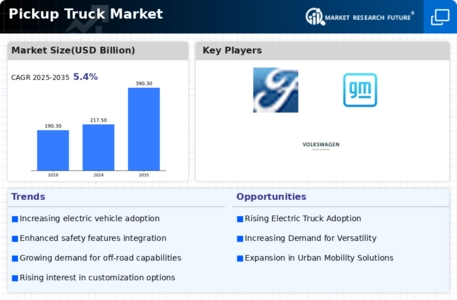
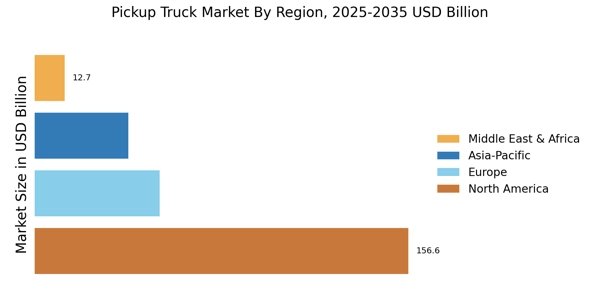

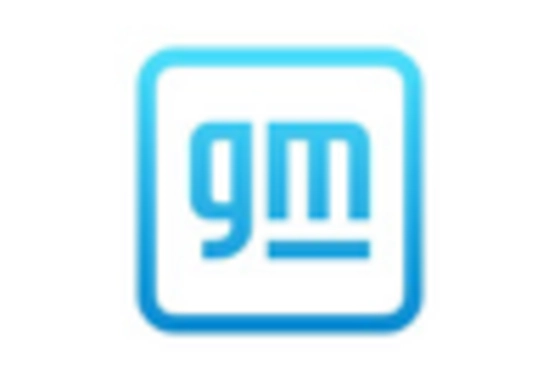

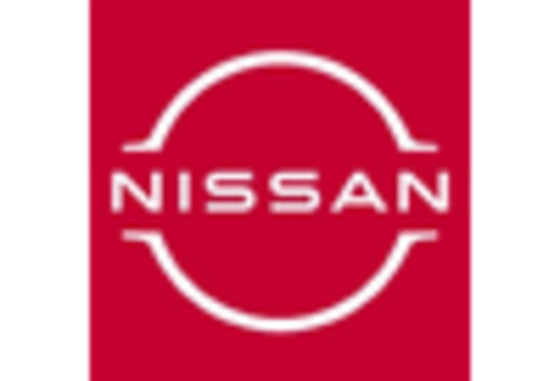

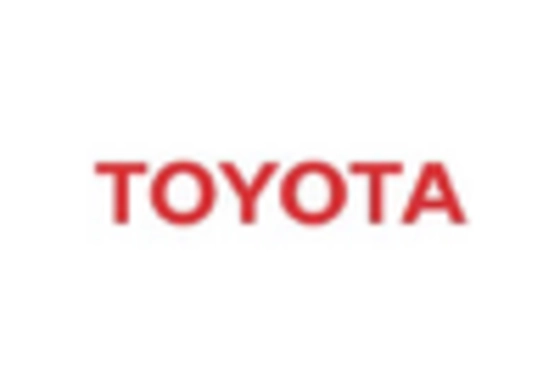








Leave a Comment